
Tell your friends about this item:
The Great Barrier Reef and Uluru
Charles River Editors
The Great Barrier Reef and Uluru
Charles River Editors
*Includes pictures
*Includes a bibliography for further reading
"Coral is a very beautiful and unusual animal. Each coral head consists of thousand of individual polyps. These polyps are continually budding and branching into genetically identical neighbors." - Antony Garrett List
People have always loved to build things, whether it's a feat of engineering in an underground subway or the construction of the world's tallest skyscraper. Thus, it's somewhat ironic that the largest structure ever built was not made by humans but by incredibly tiny organisms known as coral polyps. Over the course of tens of thousands of years, these small organisms have put together a collection of nearly 3,000 reefs that form a collective stretching across 130,000 square miles. It is often mistakenly claimed that the Great Wall of China can be seen in space, but it's absolutely true that the enormous Great Barrier Reef is visible.
The sheer size of the Great Barrier Reef is mind-boggling, but its importance extends far past its physical extent. Put simply, the Great Barrier Reef is one of the most beautiful spots on the planet, offering kaleidoscopic colors thanks to the coral and the species that call it home. This is understandable because a staggering number of species inhabit the Great Barrier Reef, ranging from starfish and turtles to alligators and birds. Scientists have counted about 1,500 different fish species using the reef, and it's estimated that even 1.5 million birds use the site. In designating it a World Heritage Site, UNESCO wrote of the Great Barrier Reef, "The Great Barrier Reef is a site of remarkable variety and beauty on the north-east coast of Australia. It contains the world's largest collection of coral reefs, with 400 types of coral, 1,500 species of fish and 4,000 types of mollusc. It also holds great scientific interest as the habitat of species such as the dugong ('sea cow') and the large green turtle, which are threatened with extinction."
Unfortunately, an ecosystem as complex as the Great Barrier Reef is also vulnerable to a host of threats, whether it's fishing, oil spills, or climate change. J. E. N. Veron, former chief scientist of the Australian Institute of Marine Science, described watching how coral was affected during what's known as a mass bleaching event: "And then I saw a whammy, a mass bleaching event ... where everything turns white and dies. Sometimes it's only the fast-growing branching corals, but some of the others are horrible to see; corals that are four, five, six hundred years old-they die, too... It's real, day in, day out, and I work on this, day in, day out. It's like seeing a house on fire in slow motion... There's a fire to end all fires, and you're watching it in slow motion, and you have been for years." In fact, scientists fear that the Great Barrier Reef has lost most of its coral cover in the last 30 years, which poses a danger to the species that inhabit it, some of which are already endangered.
The magnificent monolith the locals call "Uluru," situated in the heart of Australia, hovers over a patchy bed of desert poplars and spinifex grasslands. The pleasant, but otherwise unexceptional surroundings of the spellbinding sandstone landform only further accentuates its majesty, one that can be appreciated from a variety of angles. To lime-colored budgerigars, mighty brown falcons, passengers in planes and helicopters, and other creatures blessed with the gift of flight, the free-form rock is reminiscent of the fossil of a spiky fish, a misshapen arrowhead, or perhaps a peculiar, ocher-tinged seashell peeking out of the sand. To those gazing upon the natural gem on solid ground, the flat-topped, burnt sienna beauty, marked with character-forming dimples, ripples, and ridges, looks more like a sleeping, thousand-year-old turtle, particularly through squinted eyes.
| Media | Books Paperback Book (Book with soft cover and glued back) |
| Released | September 14, 2019 |
| ISBN13 | 9781693212130 |
| Publishers | INDEPENDENTLY PUBLISHED |
| Pages | 170 |
| Dimensions | 216 × 280 × 9 mm · 408 g |
| Language | English |
More by Charles River Editors
Others have also bought
See all of Charles River Editors ( e.g. Paperback Book and Book )


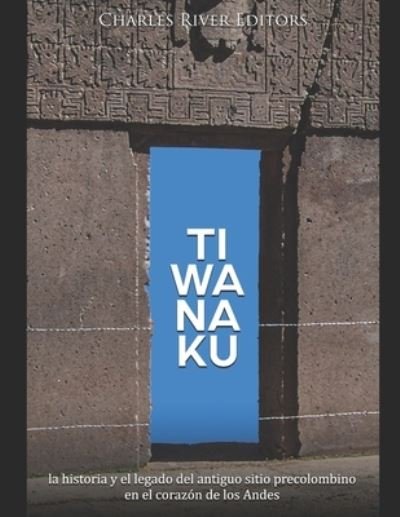

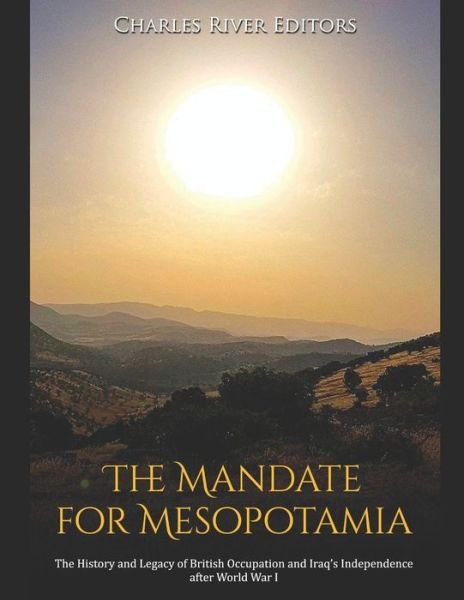
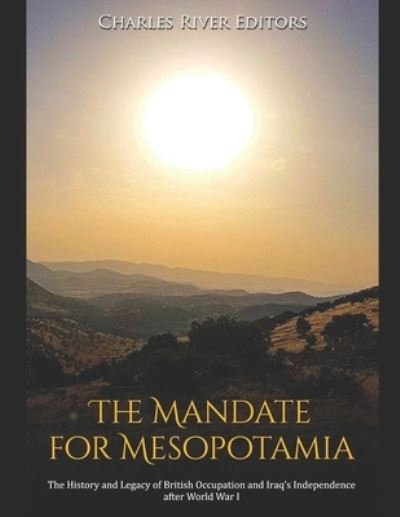









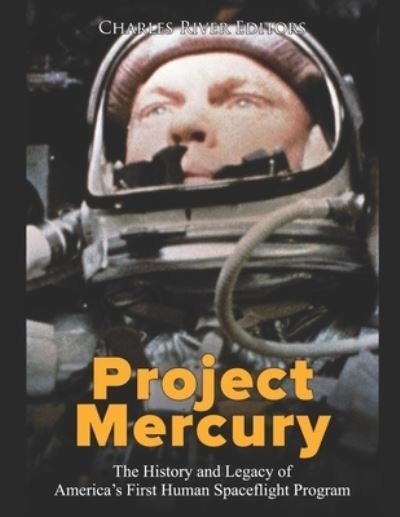




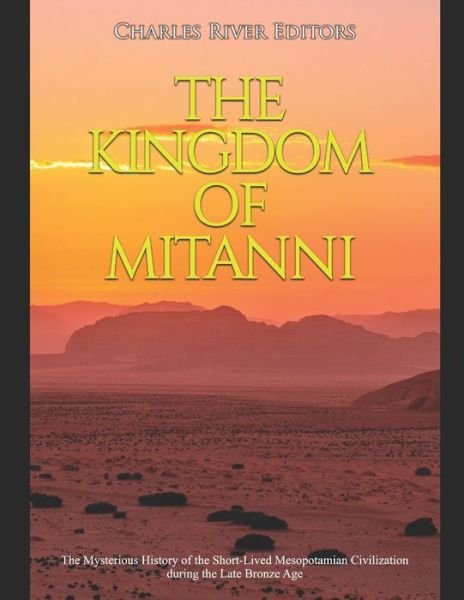
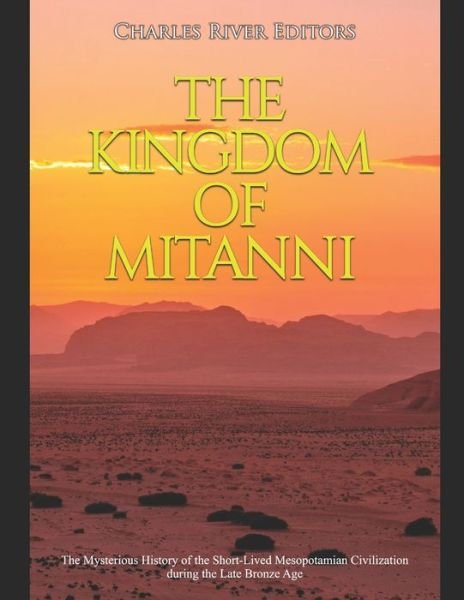
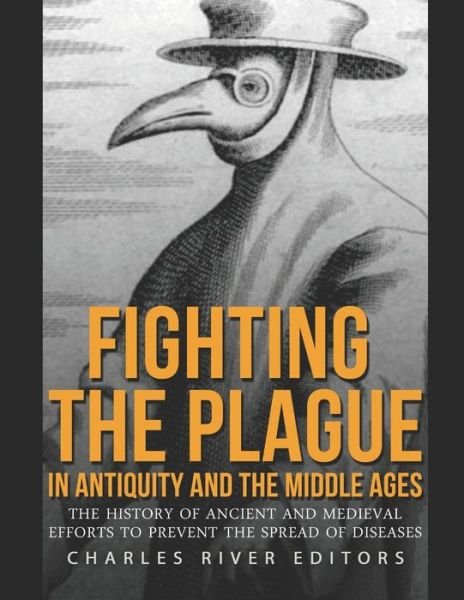
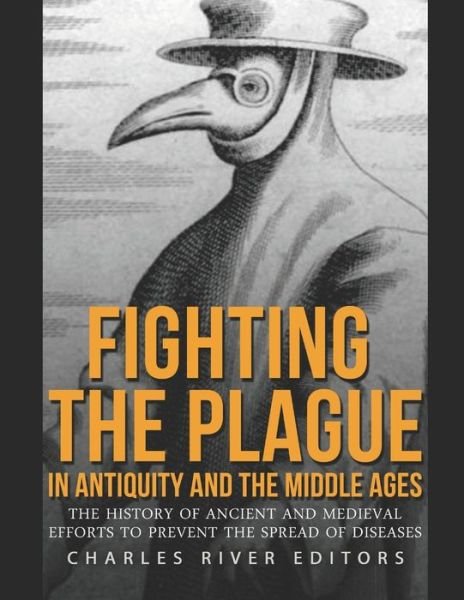

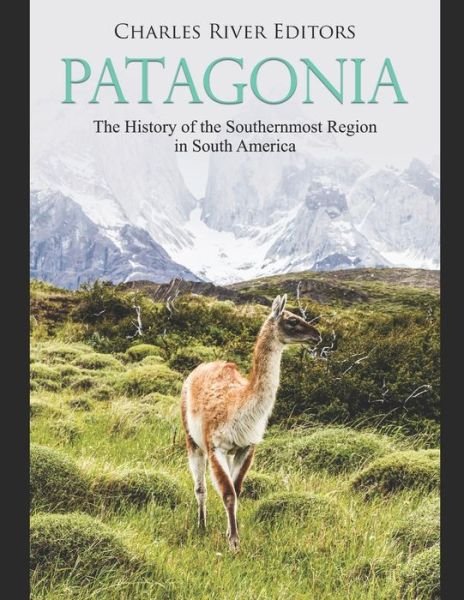
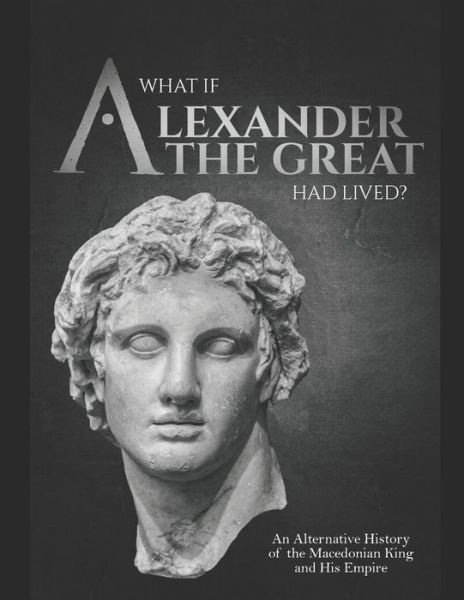

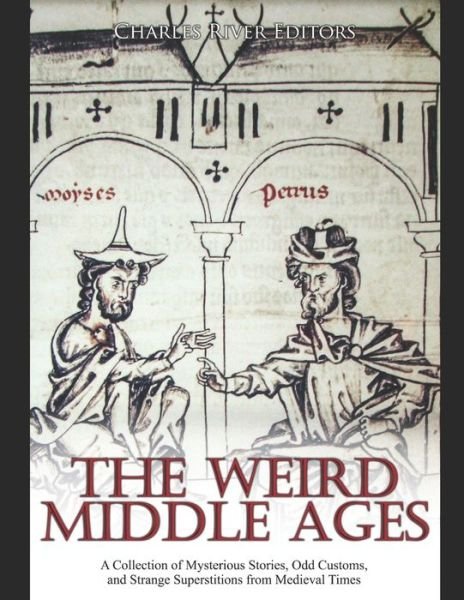
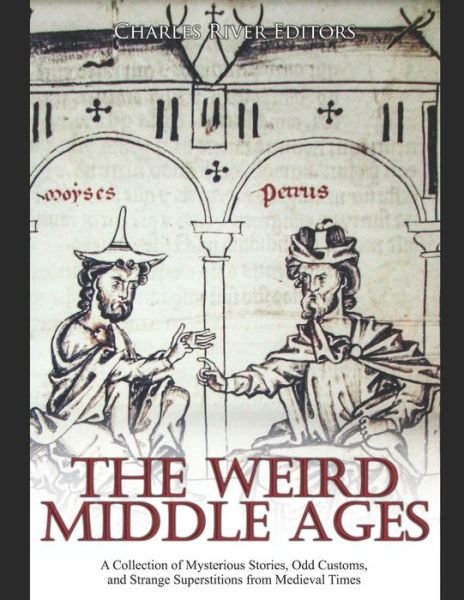
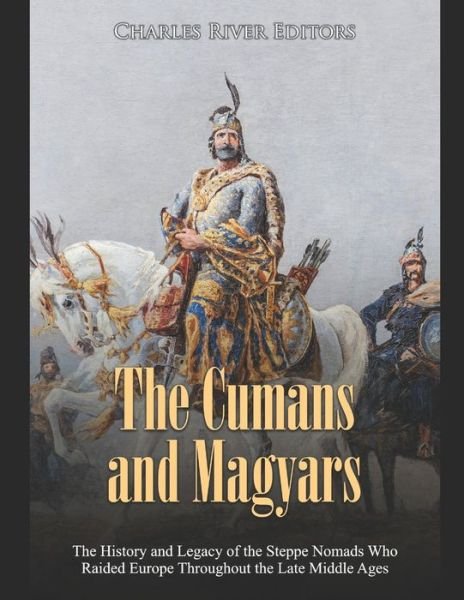
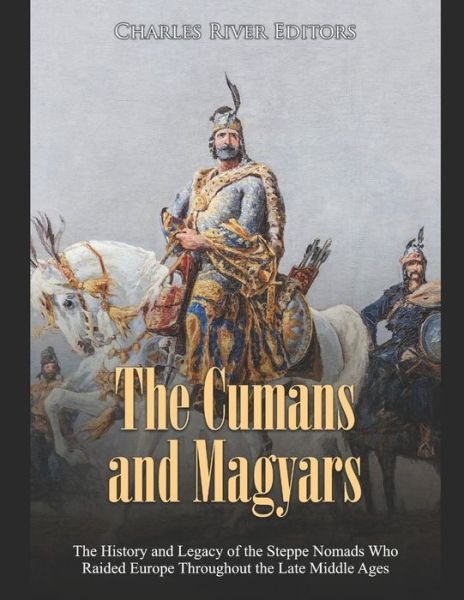
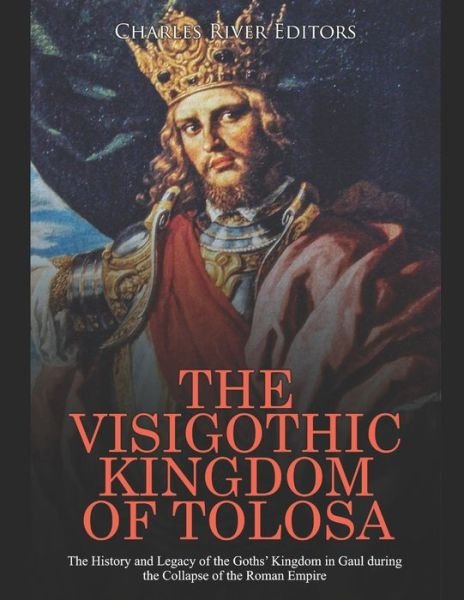
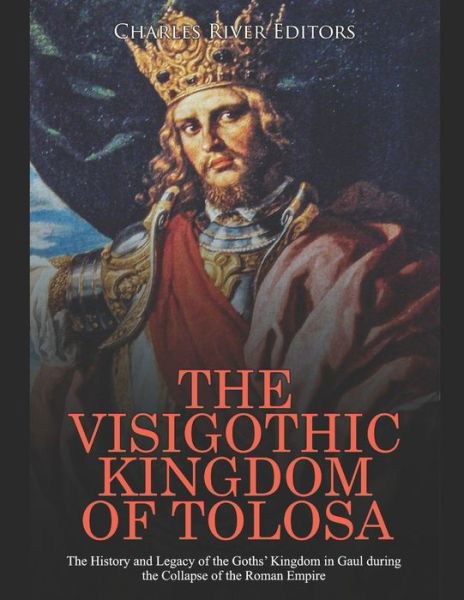
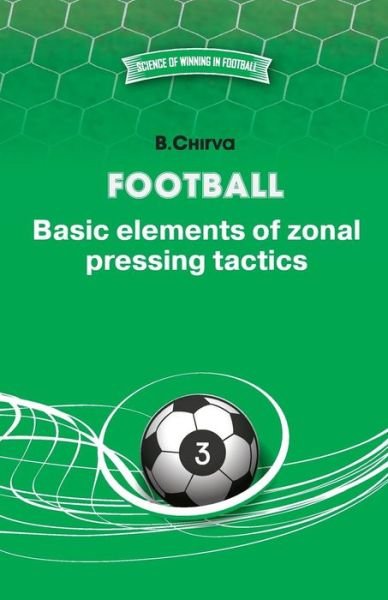
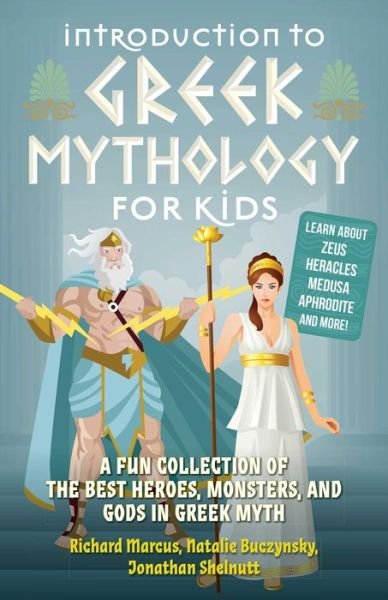
![Cover for Charles Dickens · Den hjemsøgte mand og åndens tilbud (Nyillustreret) (Bound Book) [1st edition] (2022)](https://imusic.b-cdn.net/images/item/original/123/9788772048123.jpg?charles-dickens-2022-den-hjemsoegte-mand-og-aandens-tilbud-nyillustreret-bound-book&class=scaled&v=1654049104)
![Cover for Linda Lehun · Musikbogen (Paperback Book) [1st edition] (2016)](https://imusic.b-cdn.net/images/item/original/063/9788759891063.jpg?linda-lehun-2016-musikbogen-paperback-book&class=scaled&v=1486719785)
![Cover for Dian Hanson · The New Erotic Photography - Bibliotheca Universalis (Hardcover Book) [Multilingual edition] (2017)](https://imusic.b-cdn.net/images/item/original/715/9783836526715.jpg?dian-hanson-2017-the-new-erotic-photography-bibliotheca-universalis-hardcover-book&class=scaled&v=1490369714)

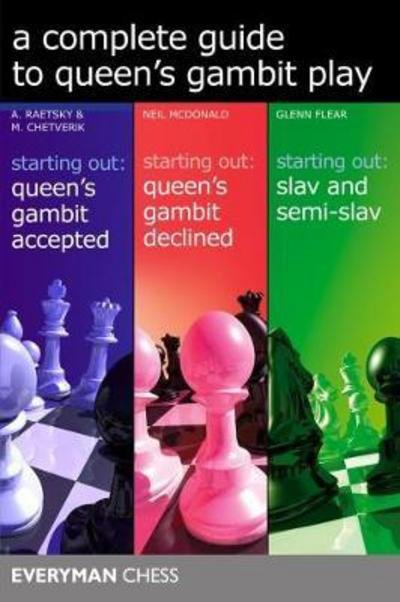

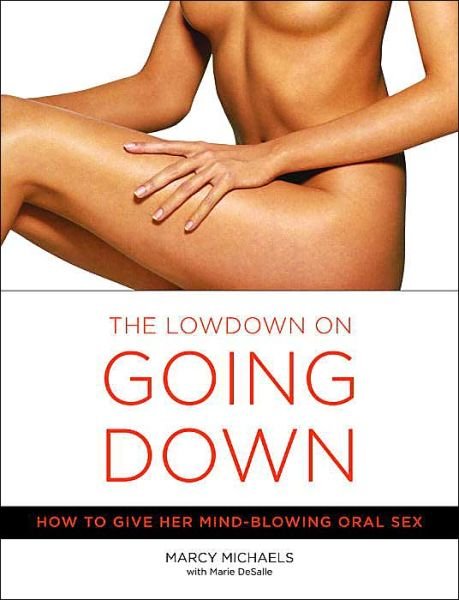
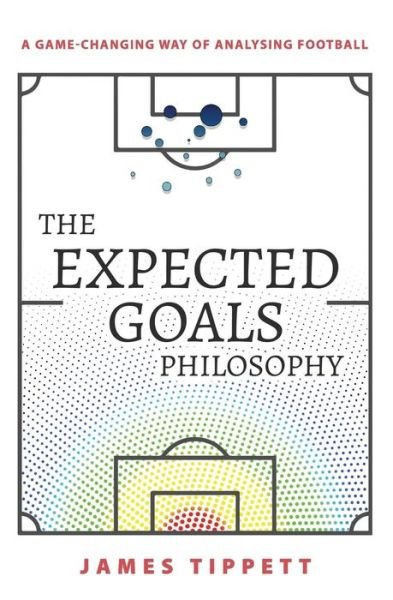
![Cover for Jesper Wung-Sung · To ryk og en aflevering (Sewn Spine Book) [3rd edition] (2009)](https://imusic.b-cdn.net/images/item/original/996/9788763811996.jpg?jesper-wung-sung-2009-to-ryk-og-en-aflevering-sewn-spine-book&class=scaled&v=1341784896)

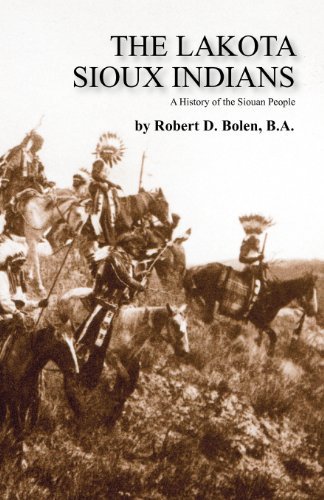

![Cover for Claus Drengsted-Nielsen · Lille dansk grammatik (Sewn Spine Book) [1st edition] (2016)](https://imusic.b-cdn.net/images/item/original/692/9788702194692.jpg?claus-drengsted-nielsen-2016-lille-dansk-grammatik-sewn-spine-book&class=scaled&v=1499896829)
